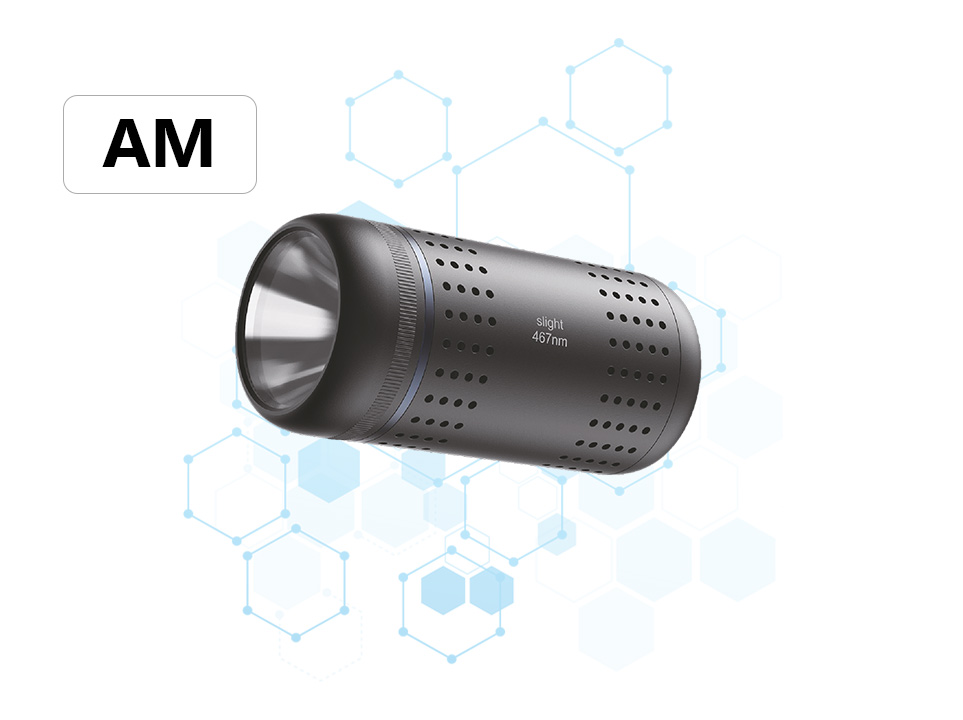Selection of Temperature Control Methods for Parallel Photoreactors
Abstract:
Parallel photoreactors are essential tools in modern chemical research, enabling high-throughput screening and optimization of photochemical reactions. Temperature control is a critical factor influencing reaction outcomes, and selecting the appropriate method is vital for achieving reproducible and efficient results. This paper discusses various temperature control methods for parallel photoreactors, including Peltier-based systems, liquid circulation, and air cooling, and provides guidelines for selecting the most suitable approach based on reaction requirements, scalability, and energy efficiency.
1. Introduction
Parallel photoreactors have revolutionized photochemical research by allowing multiple reactions to be conducted simultaneously under controlled conditions. Temperature control is a key parameter in photochemical processes, as it affects reaction kinetics, selectivity, and product yield. This paper explores the advantages and limitations of different temperature control methods and offers insights into their application in parallel photoreactors.
2. Temperature Control Methods
2.1 Peltier-Based Systems
Peltier devices are widely used in parallel photoreactors due to their compact design and precise temperature control. These systems operate on the thermoelectric effect, enabling both heating and cooling without moving parts. They are ideal for small-scale reactions and applications requiring rapid temperature changes. However, their efficiency decreases at higher temperature differentials, and they may require additional cooling for prolonged use.
2.2 Liquid Circulation Systems
Liquid circulation systems utilize a heat transfer fluid (e.g., water or oil) to regulate temperature. These systems offer excellent heat capacity and uniform temperature distribution, making them suitable for large-scale or exothermic reactions. They can be integrated with external chillers or heaters for enhanced control. However, they require additional infrastructure and maintenance, which may increase operational complexity.
2.3 Air Cooling Systems
Air cooling is a simple and cost-effective method for temperature control, particularly in low-heat-load applications. It relies on fans or natural convection to dissipate heat and is often used in combination with heat sinks. While air cooling is easy to implement and maintain, it is less effective for precise temperature regulation or high-heat-load reactions.
3. Selection Criteria
3.1 Reaction Requirements
The choice of temperature control method depends on the specific reaction conditions, such as the required temperature range, heating/cooling rate, and uniformity. For example, Peltier systems are suitable for reactions requiring rapid and precise adjustments, while liquid circulation is better for high-heat-load applications.
3.2 Scalability
Scalability is a critical consideration for industrial applications. Liquid circulation systems are often preferred for large-scale operations due to their ability to handle higher heat loads, whereas Peltier systems are more suitable for laboratory-scale research.
3.3 Energy Efficiency
Energy consumption is an important factor, especially for sustainable processes. Peltier systems are energy-efficient for small-scale applications but may become less efficient at larger scales. Liquid circulation systems, while more energy-intensive, offer better performance for high-capacity reactors.
3.4 Cost and Maintenance
The initial cost and maintenance requirements of the temperature control system should also be considered. Air cooling is the most economical option, while liquid circulation systems may require higher upfront investment and ongoing maintenance.
4. Case Studies
This section presents case studies demonstrating the application of different temperature control methods in parallel photoreactors. Examples include photocatalytic reactions, photopolymerization, and solar fuel production, highlighting the impact of temperature control on reaction outcomes.
5. Conclusion
Selecting the appropriate temperature control method for parallel photoreactors is crucial for optimizing photochemical processes. Peltier-based systems offer precision and flexibility for small-scale applications, while liquid circulation systems provide robust performance for large-scale operations. Air cooling is a cost-effective solution for low-heat-load reactions. By considering reaction requirements, scalability, energy efficiency, and cost, researchers can choose the most suitable method to achieve reliable and efficient results.





